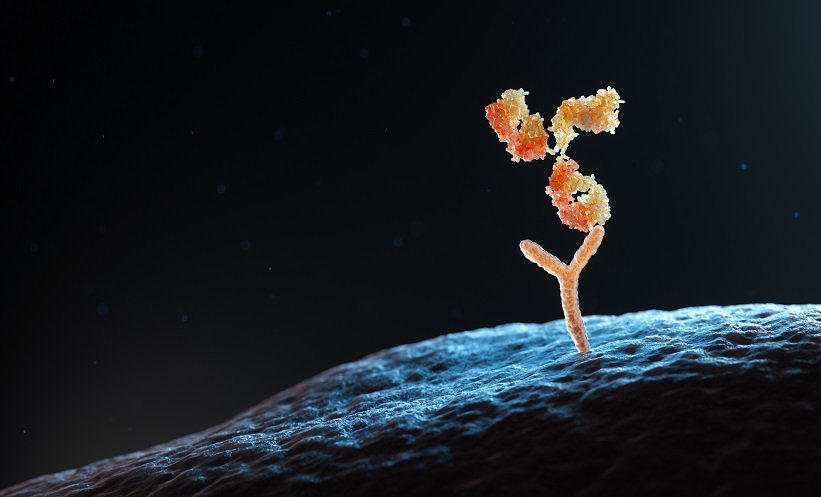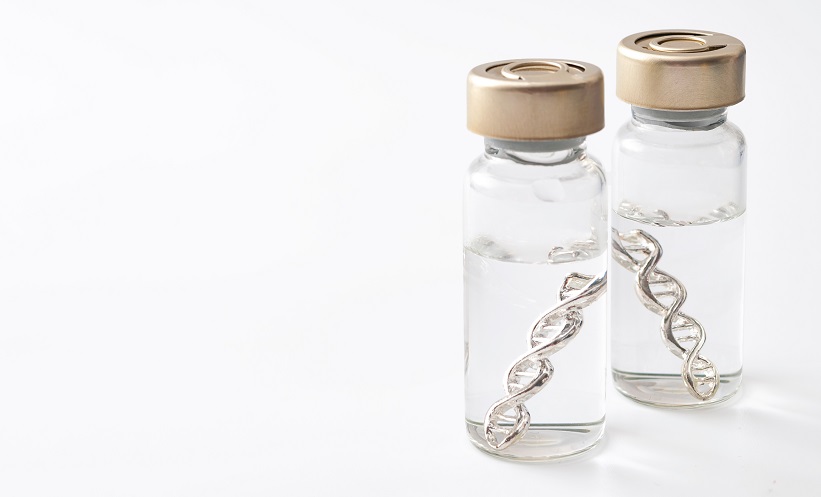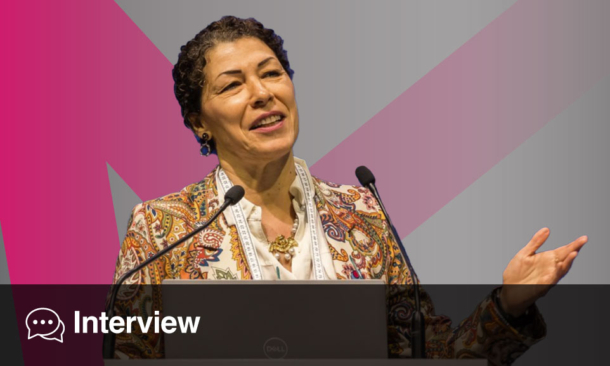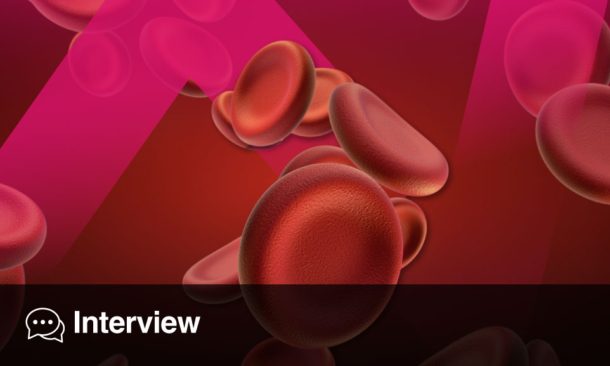Author: Katrina Thornber, EMJ, London, UK
Citation: EMJ Hematol. 2024;12[1]:25-28. https://doi.org/10.33590/emjhematol/QZWG2760.
![]()
GENE therapy is an innovative approach to treating haemophilia A and haemophilia B, with the potential to increase quality of life, promote prophylaxis, and even achieve curative factor levels in some cases. Despite early success in recent clinical trials, gene therapy for treating haemophilia is a relatively new area of research, and the long-term safety and efficacy are yet to be determined. Additionally, the current high price limits access for most patients. The suitability, safety, and accessibility of gene therapy for patients with haemophilia were discussed during a highly engaging debate session at the European Haematology Association (EHA) Congress 2024, titled ‘Haemophilia: Gene Therapy Access for Patients?’.
Brian O’Mahony, Chief Executive of the Irish Haemophilia Society, and President of the European Haemophilia Consortium, Dublin, Ireland, began the session with a poll to the audience. This revealed that 28.58% of clinicians are ‘unlikely’ or ‘very unlikely’ to recommend gene therapy to their patients with haemophilia A. Similarly, 38.46% are ‘unlikely’ or ‘very unlikely’ to recommend gene therapy to patients with haemophilia B. Thus commenced a lively debate on the use of gene therapy for treating haemophilia; is there access for all, or only ‘a happy few’?
IN FAVOUR OF GENE THERAPY FOR ALL PATIENTS
Ana Boban, Haemophilia Centre, University Hospital Centre Zagreb, Croatia, began by presenting data from recent clinical trials that demonstrate the early successes of gene therapy. Boban explained that, with gene therapy, there is a sustained and durable expression of endogenous factor VIII and factor IX from a single intravenous administration, which subsequently controls bleeding and eliminates continuous prophylaxis. She therefore argued that gene therapy improves quality of life by reducing the frequency of hospital visits, and creates a ‘haemophilia-free mind’. Whilst not intended to be a curative treatment, gene therapy infusion can reach curative levels in some patients. Moreover, the efficacy of gene therapy for haemophilia can be readily assessed via measurement of circulating factor levels produced by the liver, meaning disease trajectory can be easily assessed. She explained that the bleeding phenotype in patients with haemophilia is responsive to a wide range of factor levels, and precise regulation is unnecessary.
CLINICAL TRIAL SUCCESSES
Boban presented the latest results from a clinical trial in which 134 adult males with severe haemophilia A received a gene therapy called valoctocogene roxaparvovec, which aims to increase factor VIII levels.1 She highlighted that after 3 years, 28.4% of patients achieved factor VIII activity levels above the upper limit of normal. Additionally, at 3 years, the safety profile of valoctocogene roxaparvovec remained unchanged from previous reports in the cohort. It was noted that 23.7% of patients had mild alanine aminotransferase elevations, and one patient developed B cell acute lymphoblastic leukaemia. However, this was considered unrelated to treatment.
Compared to standard therapy of prophylactic factor VIII, participants receiving valoctocogene roxaparvovec gene therapy experienced lower annualised bleeding rates, and a higher proportion of patients had zero bleeds.2 Similarly, in patients with haemophilia B, the gene therapy etranacogene dezaparvovec demonstrated significantly lower bleeding rates, and a higher percentage of patients with zero bleeds, compared to standard, extended half-life factor IX therapies.3
RISKS OF GENE THERAPY
Frank Leebeek, Department of Hematology, Erasmus University Medical Center, Rotterdam, the Netherlands, contended the argument that gene therapy is ‘for all’ by highlighting its potential risks, side effects, and the barriers that limit access to all patients. Leebeek brought to attention that gene therapy infusion is a one-time, irreversible treatment; therefore, if there is a lack of response after a few years, patients will not have the opportunity to try new strategies within the gene therapy landscape. This is an important consideration given the continuous advancements in this innovative field.
Regarding the improved quality of life, Leebeek argued that there is a lack of long-term data, beyond 3 or 4 years. He highlighted the risks of malignancy and liver damage, which would require long-term steroid use. In response, Boban argued that whilst we don’t know the long-term risks of gene therapy for haemophilia, this is the same for many new, innovative treatments; is this a reason not to trial them? Boban proposed that effective data collection and management of patients can help mitigate any potential side effects that may arise in the future.
Leekbeek further argued against gene therapy for all patients with haemophilia by highlighting the lack of female patients in the gene therapy clinical trials presented by Boban. O’Mahony emphasised this point by stating that the European Medicines Agency (EMA) has licensed gene therapy treatment for severe and moderately severe haemophilia B in adults, without distinguishing between sexes, despite the lack of female clinical trial data. O’Mahony subsequently asked the speakers if they would give this treatment to a female patient, and Boban replied that she would, only if the patient has not given birth for at least 1 year, due to the potential risk of transmission to offspring.
THE PRICE TO PAY
The next topic of debate was the high cost of gene therapy. Leebeck revealed that a 30-minute-long gene therapy infusion costs 2.8 million Euros in the Netherlands. Boban contended that is preferable to having no treatment at all, as is the case in 85% of the world. In response, Leebeck argued: “If 80% of the population can’t afford the, let’s say ‘cheap’ coagulation factors, how on earth could they get gene therapy of 2.8 million?”
However, Leebeck did admit that in some specific cases, gene therapy may be very suitable. He endorses gene therapy for patients with haemophilia B who are male, have access to treatment despite the high cost, and have poor venous access, as this would eliminate the need for frequent infusions. Leebeck emphasised the need for shared decision-making in which the benefits and long-term risks are weighed out with patients, allowing an informed decision to be made. O’Mahony articulated that this decision will differ between countries, as the risks associated with gene therapy may be interpreted differently in a country with fewer treatment options.
CONCLUDING THE DEBATE
Towards the end of the debate, Boban admitted that whilst an advocate for gene therapy, if a patient is responding well to standard treatment, has no bleeding, and is living with a ‘haemophilia-free mind’, then gene therapy may not be worth the risk at this current time. Addressing the title of the session ‘Haemophilia: Gene Therapy Access for Patients?’, Boban concluded the debate with a balanced view that “maybe in the future gene therapy will be a treatment for all, but I don’t think so at this moment.”






